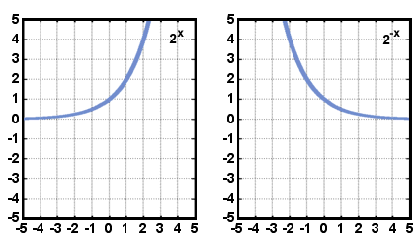Suggestions
Use up and down arrows to review and enter to select.Please wait while we process your payment
If you don't see it, please check your spam folder. Sometimes it can end up there.
If you don't see it, please check your spam folder. Sometimes it can end up there.
Please wait while we process your payment

By signing up you agree to our terms and privacy policy.
Don’t have an account? Subscribe now
Create Your Account
Sign up for your FREE 7-day trial
Already have an account? Log in
Your Email
Choose Your Plan
Individual
Group Discount
Save over 50% with a SparkNotes PLUS Annual Plan!
 payment page
payment page
Purchasing SparkNotes PLUS for a group?
Get Annual Plans at a discount when you buy 2 or more!
Price
$24.99 $18.74 /subscription + tax
Subtotal $37.48 + tax
Save 25% on 2-49 accounts
Save 30% on 50-99 accounts
Want 100 or more? Contact us for a customized plan.
 payment page
payment page
Your Plan
Payment Details
Payment Summary
SparkNotes Plus
You'll be billed after your free trial ends.
7-Day Free Trial
Not Applicable
Renews April 26, 2024 April 19, 2024
Discounts (applied to next billing)
DUE NOW
US $0.00
SNPLUSROCKS20 | 20% Discount
This is not a valid promo code.
Discount Code (one code per order)
SparkNotes PLUS Annual Plan - Group Discount
Qty: 00
SparkNotes Plus subscription is $4.99/month or $24.99/year as selected above. The free trial period is the first 7 days of your subscription. TO CANCEL YOUR SUBSCRIPTION AND AVOID BEING CHARGED, YOU MUST CANCEL BEFORE THE END OF THE FREE TRIAL PERIOD. You may cancel your subscription on your Subscription and Billing page or contact Customer Support at custserv@bn.com. Your subscription will continue automatically once the free trial period is over. Free trial is available to new customers only.
Choose Your Plan
For the next 7 days, you'll have access to awesome PLUS stuff like AP English test prep, No Fear Shakespeare translations and audio, a note-taking tool, personalized dashboard, & much more!
You’ve successfully purchased a group discount. Your group members can use the joining link below to redeem their group membership. You'll also receive an email with the link.
Members will be prompted to log in or create an account to redeem their group membership.
Thanks for creating a SparkNotes account! Continue to start your free trial.
We're sorry, we could not create your account. SparkNotes PLUS is not available in your country. See what countries we’re in.
There was an error creating your account. Please check your payment details and try again.
Please wait while we process your payment

Your PLUS subscription has expired
Please wait while we process your payment
Please wait while we process your payment

An exponential function is a function in which the independent variable is an exponent. Exponential functions have the general form y = f (x) = ax, where a > 0, a≠1, and x is any real number. The reason a > 0 is that if it is negative, the function is undefined for -1 < x < 1. Restricting a to positive values allows the function to have a domain of all real numbers. In this example, a is called the base of the exponential function.
Here is a little review of exponents:
exponent
a-x =  . . |
| ax+y = ax×ay. |
ax-y =  . . |
| a0 = 1. |
| ax = ay;if and only if;x = y. |
Below are pictured functions of the form y = f (x) = ax and y = f (x) = a-x. Study them.

The domain of exponential functions is all real numbers. The range is all real numbers greater than zero. The line y = 0 is a horizontal asymptote for all exponential functions. When a > 1: as x increases, the exponential function increases, and as x decreases, the function decreases. On the other hand, when 0 < a < 1: as x increases, the function decreases, and as x decreases, the function increases.
Exponential functions have special applications when the base is e. e is a
number. Its decimal approximation is about 2.718281828. It is the limit
approached by f (x) when f (x) = (1 +  )x and x increases without
bound. Go ahead and plug the equation into your calculator and check it out.
e is sometimes called the natural base, and the function y = f (x) = ex is
called the natural exponential function.
)x and x increases without
bound. Go ahead and plug the equation into your calculator and check it out.
e is sometimes called the natural base, and the function y = f (x) = ex is
called the natural exponential function.
The natural exponential function is especially useful and relevant when it comes
to modeling the behavior of systems whose relative growth rate is constant.
These include populations, bank accounts, and other such situations. Let the
growth (or decay) of something be modeled by the function f (x), where x is a
unit of time. Let its relative growth rate ( ) be the constant k. Then its growth is modeled
by the exponential function f (x) = f (0)ekx. Given any two of the following
values: f (0), k, or x, the third can be calculated using this function.
In Applications
we'll see some useful
applications of this function.
) be the constant k. Then its growth is modeled
by the exponential function f (x) = f (0)ekx. Given any two of the following
values: f (0), k, or x, the third can be calculated using this function.
In Applications
we'll see some useful
applications of this function.
Please wait while we process your payment

